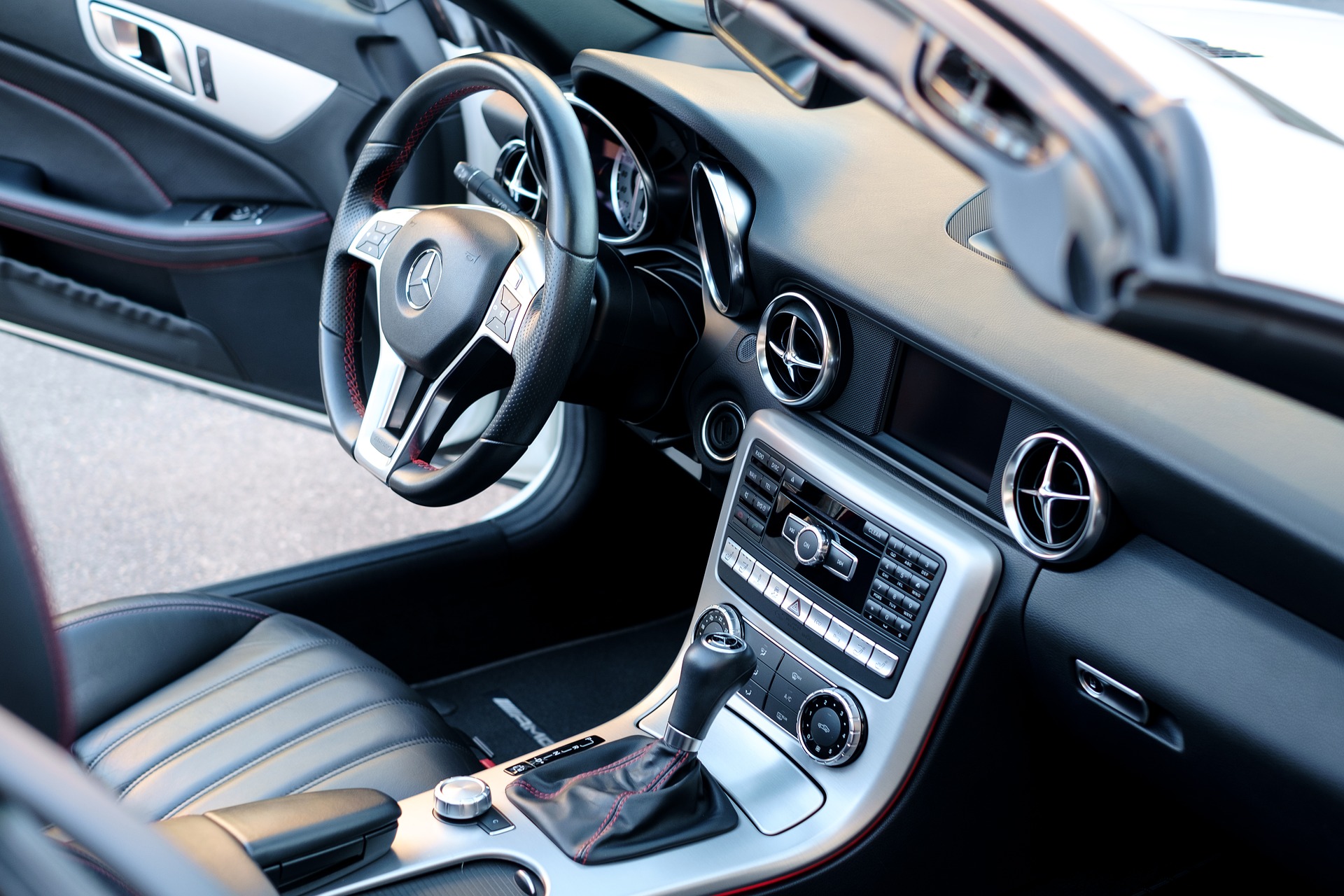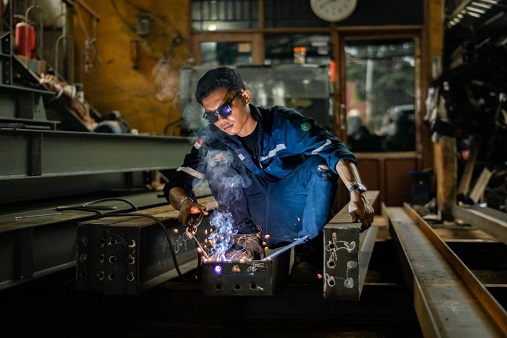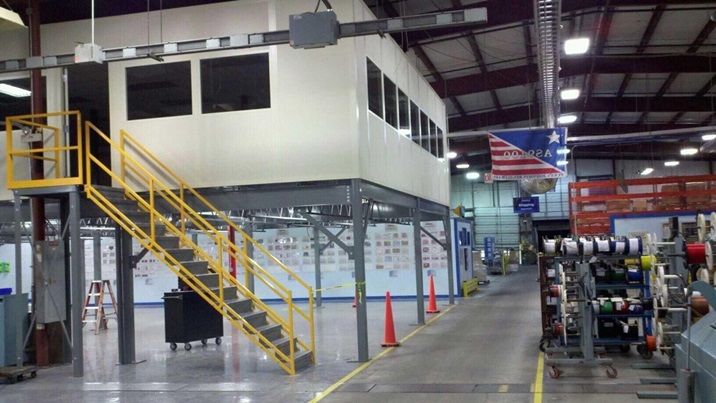The first thought that comes into anyone’s mind after purchasing a vehicle, after the adrenaline rush wears off, is how can I prolong my vehicle’s life for as long as possible? Paint protection films became the answer to this question and are the frontrunners in vehicle paint protection products.
Responsible car-owners throughout the world opt for paint protection films, also called PPFs for short, and other techniques to preserve the appearance of their vehicles for a longer time.
Are you thinking about what these paint protection films are really all about? Let’s take a look at this brief guide and find out.
What exactly is a Paint Protection Film?
As one of the most famous car protection products in the market nowadays, you must have heard about paint protection films at some point. Automotive paint protection films are thin sheets generally made out of thermoplastic urethane or other polyurethane materials. It acts as a layer of protection against any damage to the vehicle’s original paint job which includes protection against rock chipping, small scratches, and dents, acid rain, exposure to UV rays, and other typical harmful exposures that damage a car’s appearance and overall value. These high-impact resistance sheets are installed by professionals and improve your vehicle’s longevity.
Paint Protection Films Vs Vinyl Wraps
Paint protection films and vinyl wraps often get confused with each other but they are very different. Here are the basic differences that can help you understand the difference between PPFs and vinyl wraps.
Vinyl wraps are typically used for aesthetic purposes and to customize a vehicle and update its appearance. Companies or small-scale businesses use vinyl wraps as a form of advertisement by printing their ads on them. Compared to PPFs, vinyl wraps offer extensive customization capabilities and have a thickness range of about 2-6 mils.
Paint protection films on the other hand are about 6-10 mils and are specifically intended for protection purposes. They have little to no customizable qualities and are transparent to amplify the original look of the vehicle. PPFs are much thicker, heavier, and more durable compared to vinyl wraps.
Main Installation Steps
Car-owners should be aware of these steps and make sure they are followed to ensure the life of their film.
Preparing the surface by removing debris and polishing. Installing the PPFs in sections while spraying it with a fitting solution to form a glue like adhesive. Make sure they remove any bubbles or creases while fitting the PPF on the vehicle and use a suitable drying method, such as an industrial heat gun so the PPF sticks to the vehicle body properly. In the end, making sure you choose the most professional company for application is the best way to go.
Factors Impacting Life of the Film
Different factors can make or break the longevity of your protection film which includes the surface condition of the surface on which the film is installed on. If the surface is not prepared properly it will affect the life of the film and even damage your car. Furthermore, although these films are typically resistant to environmental damage, prolonged exposure to either UV rays or heat can cause problems with the film as it damages the adhesive layer beneath the urethane sheet. Therefore make sure to maintain your film and get it installed by a professional who knows exactly how to install paint protection films with high precision and care.
Should you Choose Paint Protection Films?
In the end, these films are one of the best methods to increase the life of your vehicle and preserve its appearance. PPFs have certain self-healing properties and if they are installed properly and maintained, they can last for up to 10 years.
Read Also: Everything you need to know about rhinoplasty surgery in Mumbai










